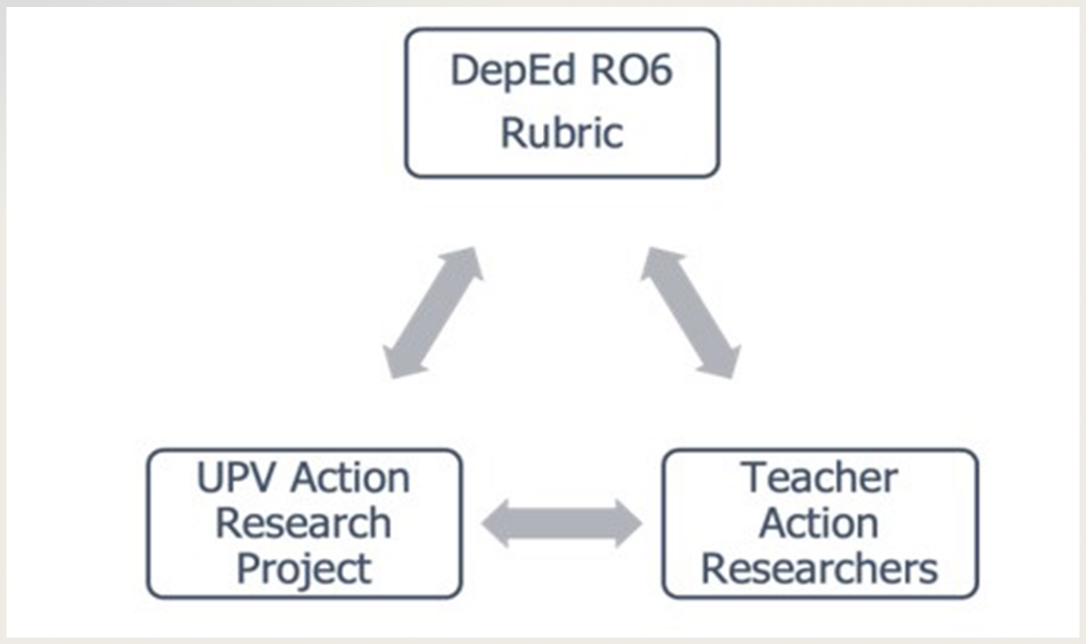Evaluating the University of the Philippines Visayas action research project based on the context, input, process, and product model
DOI:
https://doi.org/10.59120/drj.v15i4.280Keywords:
Action research, capability-building activities, CIPP Model, public serviceAbstract
The University of the Philippines Visayas Action Research Project (UPV ARP) is a public service initiative of the UPV Division of Professional Education (DProfEd) formed in response to the Department of Education Region VI’s call to strengthen the action research culture in the region and align assessment guidelines with national policies. This qualitative study examined the experiences of teacher action researchers participating in UPV ARP’s capacity-building activities, focusing on exposure, implemented strategies, resource use, project modifications, and success indicators. Utilizing Stufflebeam’s Context, Input, Process, and Product (CIPP) Model, data were collected through interviews with eight stakeholders, including three DepEd teachers, two DepEd officials, and three UPV ARP faculty and staff, as well as through an analysis of submitted action research proposals. Results revealed key themes such as Teacher Education Institution Research Competencies Gaps, Clarificatory yet Prescriptive Processes, Beyond Academic Performance, Moving Forward, and Action Research in the DProfEd Curriculum. These findings offer insights for refining DProfEd’s program offerings and advancing public service as an academic endeavor. The study recommends that UPV ARP, DProfEd, DepEd, and Teacher Education Institutions integrate these findings into their initiatives to enhance research capacity-building and public service programs.
Metrics
Downloads

Downloads
Published
Issue
Section
License
Copyright (c) 2024 Jeena A. Amoto, Donne Jone P. Sodusta, Pepito R. Fernandez, Jr.

This work is licensed under a Creative Commons Attribution-NonCommercial 4.0 International License.
DRJ is an open-access journal and the article's license is CC-BY-NC. This license allows others to distribute, remix, tweak, and build on the author's work, as long as they give credit to the original work. Authors retain the copyright and grant the journal/publisher non-exclusive publishing rights with the work simultaneously licensed under a https://creativecommons.org/licenses/by-nc/4.0/.









